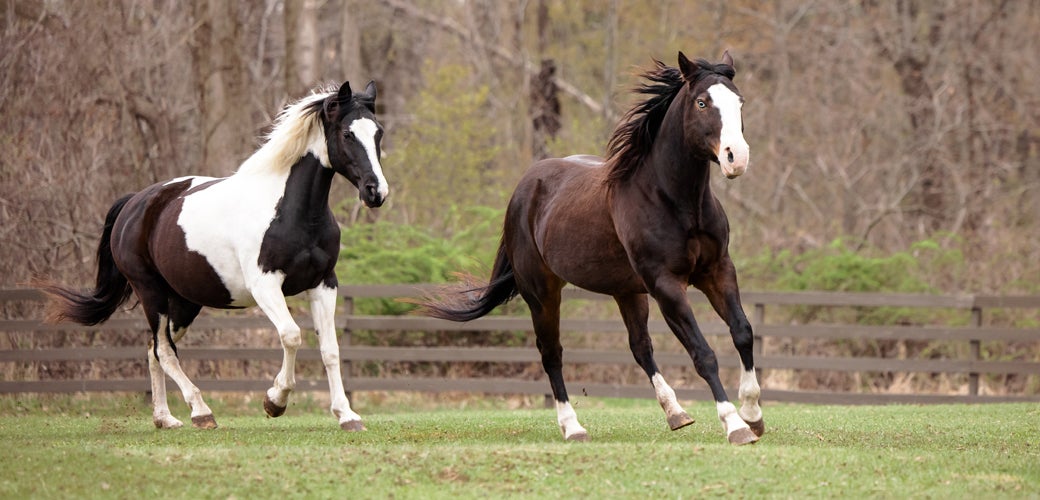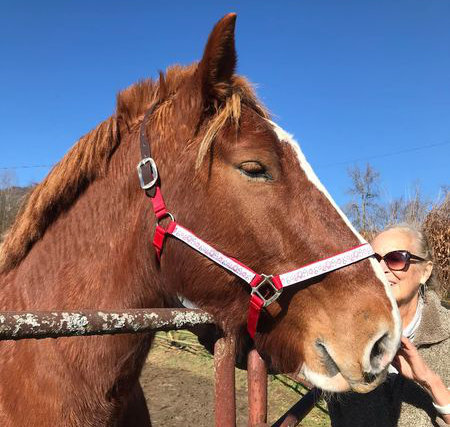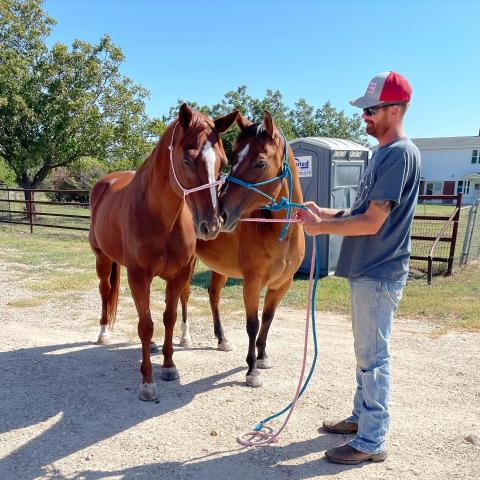Understanding The Plight Of Kill Pen Horses: A Call To Action
The world of horses is often associated with beauty, grace, and companionship. However, beneath this idyllic image lies a harsh reality for many equines: the "kill pen." This term conjures images of despair, and for good reason. Kill pens are a disturbing part of the animal trade industry, serving as holding facilities for horses destined for slaughter. Understanding how they operate, where these horses come from, and the complex issues surrounding their rescue is crucial for anyone who cares about animal welfare.
What Exactly Are Kill Pens?
At their core, kill pens are temporary holding facilities for horses that are on their way to slaughterhouses. These facilities are strategically located in areas with a high supply of horses to ensure a steady stream of animals for slaughter trucks, often multiple loads per week. The conditions within these pens are far from ideal. Horses are typically held in cramped, unhealthy, and under-kept environments, leading to immense stress and physical deterioration. It's a brutal waiting game until they can be auctioned off or directly shipped for slaughter.
The very nature of these pens makes them hotbeds for disease. State animal health officials have well-documented kill pens and auctions as common causes of transmissible respiratory disease outbreaks. For instance, in 2018, the Fabrizius kill pen exposed hundreds of horses to Equine Infectious Anemia (EIA), a deadly, highly contagious, and incurable disease. The horses, already anxious and vulnerable, are exposed to a myriad of health risks in these crowded, unsanitary conditions.
The Journey to a Kill Pen: Where Do These Horses Come From?
It's a common misconception that only old, sick, or unmanageable horses end up in kill pens. The truth is far more complex and heartbreaking. Horses found in kill pens come from a variety of sources, often due to circumstances beyond their control. These include:
- Local Livestock Auctions: Many horses are passed around at various auctions, and if they don't find a buyer, they can be purchased by "kill buyers" – individuals who acquire horses specifically for slaughter.
- Online Ads: Horses are frequently sourced from Craigslist ads, "free-bee" ads, and even reputable websites like Dreamhorse if a horse is being undervalued enough. Owners, often unknowingly or desperately, sell their horses to individuals who then funnel them into the slaughter pipeline.
- Owner Surrenders: Sometimes, owners facing financial hardship, lack of space, or inability to care for their horses adequately may make the difficult decision to sell them, unaware of the horse's ultimate destination.
The lack of truthful information about a horse's history is a significant problem. Kill pen horses that are bought often have little to no reliable background information, making it challenging for new owners to understand their needs or potential issues.
The Inhumane Truth of Horse Slaughter
It is critical to understand that horse slaughter is NOT humane euthanasia. Euthanasia is defined as a gentle, painless ending of a life. Horse slaughter, on the other hand, is an inherently brutalizing process. From being passed around at auctions, to fighting for their life in a kill pen full of anxious horses, to being stuffed onto an overcrowded trailer for a long haul, the entire process is traumatic and abusive.
While slaughterhouses for horses are illegal in the U.S., it is still legal to ship horses to facilities over the border in Canada and Mexico. The USDA sets the rules for this cross-border transport. Polls have consistently shown that the vast majority of Americans – around 83 percent – oppose the slaughter of U.S. horses for human consumption, highlighting a significant disconnect between public sentiment and current practices.
The method used for slaughter, often the captive bolt, is notoriously difficult to administer effectively on horses due to their skittish nature, frequently leading to repeated attempts and prolonged suffering.
The Complex World of "Kill Pen Bail-Outs" and Rescues
The desire to save a horse from a kill pen is a powerful one, leading to various rescue efforts. However, this area is fraught with complexities and controversy:
Deceitful Operations vs. Legitimate Rescues
Not all "kill pen bail-outs" are created equal. Some operations are deceitful, buying and selling horses primarily for profit, often placing the horses’ well-being secondary to financial gain. These schemes can actually threaten legitimate equine welfare efforts by diverting resources and perpetuating the cycle by funding the very operations they claim to fight against. The American Horse Council and its members actively encourage horse owners and rescues to be wary of these "bail/ransom" schemes.
The Cost of Rescue
When rescuing a horse from a kill pen, it is common for the new owner or a rescue organization to "purchase" or "bail-out" the horse. This fee can range significantly, typically from $100 to $1,000, which the kill pen demands to release the animal. Beyond this initial fee, horses often require immediate veterinary care, vaccinations, dental work, and farrier attention due to their neglectful conditions. Organizations like Copper Horse Crusade, a 501c3 non-profit, rely on donations to cover these costs and save horses from slaughter.
The Value of True Rescue
Despite the controversies, rescuing a horse from slaughter is incredibly rewarding and truly saves a life. Organizations like Second Chance Stables and Last Chance Kill Pen Horses For Rescue-Asheboro Nc work tirelessly to give horses a second chance. Horses like Thunder, rescued from horrific neglect, or Mustang Cochise, saved from a kill pen, are testaments to the impact of these efforts. These horses, once facing a brutal end, can find loving homes and live happy, fulfilling lives.
Rescuing a horse can be achieved through various methods, including contacting a reputable rescue organization, purchasing the horse directly (with caution), or collaborating with a transport company. It's vital to choose organizations that prioritize the horse's welfare and have transparent operations, often putting horses through a minimum of 30-days quarantine if coming through sale barns, auctions, or kill pens.
How You Can Make a Difference
Discovering the disturbing truth behind kill pens can be disheartening, but there are tangible ways you can help combat the abuse and exploitation innocent animals endure:
- Support Legitimate Rescues: Donate to or volunteer with reputable 501c3 non-profit organizations that focus on true rescue and rehabilitation, not just "bail-outs." Look for transparency in their operations and their commitment to the horses' long-term well-being.
- Adopt or Lease: If you are able, consider adopting or leasing a horse from a local rescue. Many wonderful horses are waiting for their forever homes.
- Educate Yourself and Others: Share accurate information about kill pens and the inhumane nature of horse slaughter. The more people who understand the issue, the stronger the movement for change.
- Advocate for Policy Change: Support legislation that aims to end horse slaughter and improve animal welfare standards.
- Be a Responsible Horse Owner: If you own a horse, ensure you have a long-term plan for their care. If circumstances change, seek out reputable rehoming options or rescues to prevent your horse from ending up in the slaughter pipeline.
The issue of kill pen horses is a complex and emotionally charged one, but it sheds light on a dark underbelly of the animal trade industry. By understanding how kill pens operate, recognizing the sources of these horses, and distinguishing between genuine rescue efforts and deceitful schemes, we can collectively work towards a future where fewer horses face such a tragic fate. Every horse deserves a chance at a life free from fear and suffering, and with informed action, we can truly save a horse's life.

Kill Pen Bail-Outs | Help Horses | ASPCA

Meet Atlas - Rescued From the Kill Pen - Bearfoot Ranch Equine Therapy

Hopeless to home, rescuing horses from kill pens | IFundWomen